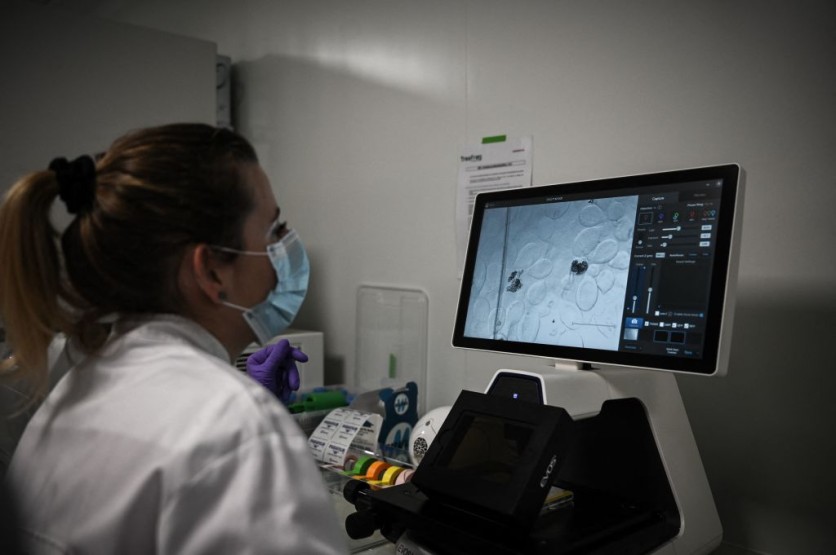Oxford University researchers have introduced a groundbreaking study that showcases the remarkable potential of melding wearable sensor data with advanced machine learning algorithms, fundamentally reshaping the landscape of Parkinson's disease monitoring.

Improving Accuracy of Monitoring Parkinson's Disease
Researchers at Oxford University have unveiled a groundbreaking study that highlights the potential of combining wearable sensor data with advanced machine learning algorithms to vastly improve the accuracy.
Engadget reported that this surpassed the limitations of conventional clinical observations. By harnessing movement data collected through sensor technology, not only can predictions regarding disease advancement become more precise, but the entire process of diagnosis can also benefit from accuracy.
Parkinson's disease is a complex neurological ailment that primarily disrupts motor control and movement. Although a definitive cure remains elusive, early intervention plays a pivotal role in slowing down the disease's progression in affected individuals.
The existing diagnostic and tracking methodology for Parkinson's relies on neurologists employing the Movement Disorder Society-Unified Parkinson's Disease Rating Scale (MDS-UPDRS). This scale quantifies patients' motor symptoms by assigning scores to their execution of specific movements.
However, due to its inherently subjective nature, relying solely on human analysis often results in inaccuracies in classification.
Using Wearable Devices
The comprehensive study observed 74 individuals diagnosed with Parkinson's disease over a span of 18 months. These participants were equipped with wearable devices housing sensors strategically positioned on various parts of the body, including the chest, the base of the spine, as well as the wrists and feet.
The New York Times reported that these sophisticated sensors, equipped with gyroscopic and accelerometric functionalities, meticulously recorded a total of 122 distinct physiological metrics. They efficiently monitored patients as they engaged in activities such as walking and postural sway tests.
To make sense of this wealth of kinetic data, custom software programs integrated advanced machine learning algorithms for analysis. Data obtained from wearable sensors was pitted against the established MDS-UPDRS assessments, long-regarded as the gold standard in contemporary medical practice.
Following the release of the research results on Nature, Dr. Antoniades and her research team found themselves inundated with inquiries from both fellow professionals and various media outlets.
They sought to discern whether their work had led to the discovery of a definitive cure for Parkinson's disease. Dr. Antoniades emphasized the need for clarity, asserting that the progress they had made, while undeniably significant.
It represented a valuable tool that could expedite the creation of treatments for the ailment. However, she stressed that it should not be misconstrued as the ultimate solution to the complex puzzle of Parkinson's disease.
It's essential to note that having more accurate insights into the progression of Parkinson's disease does not represent a cure. However, the integration of wearable metrics can be a valuable tool for researchers, helping them assess the effectiveness of innovative treatment approaches.
Related Article : New AI Tool Predicts Parkinson's Disease Years Before Symptoms Appear

ⓒ 2025 TECHTIMES.com All rights reserved. Do not reproduce without permission.




